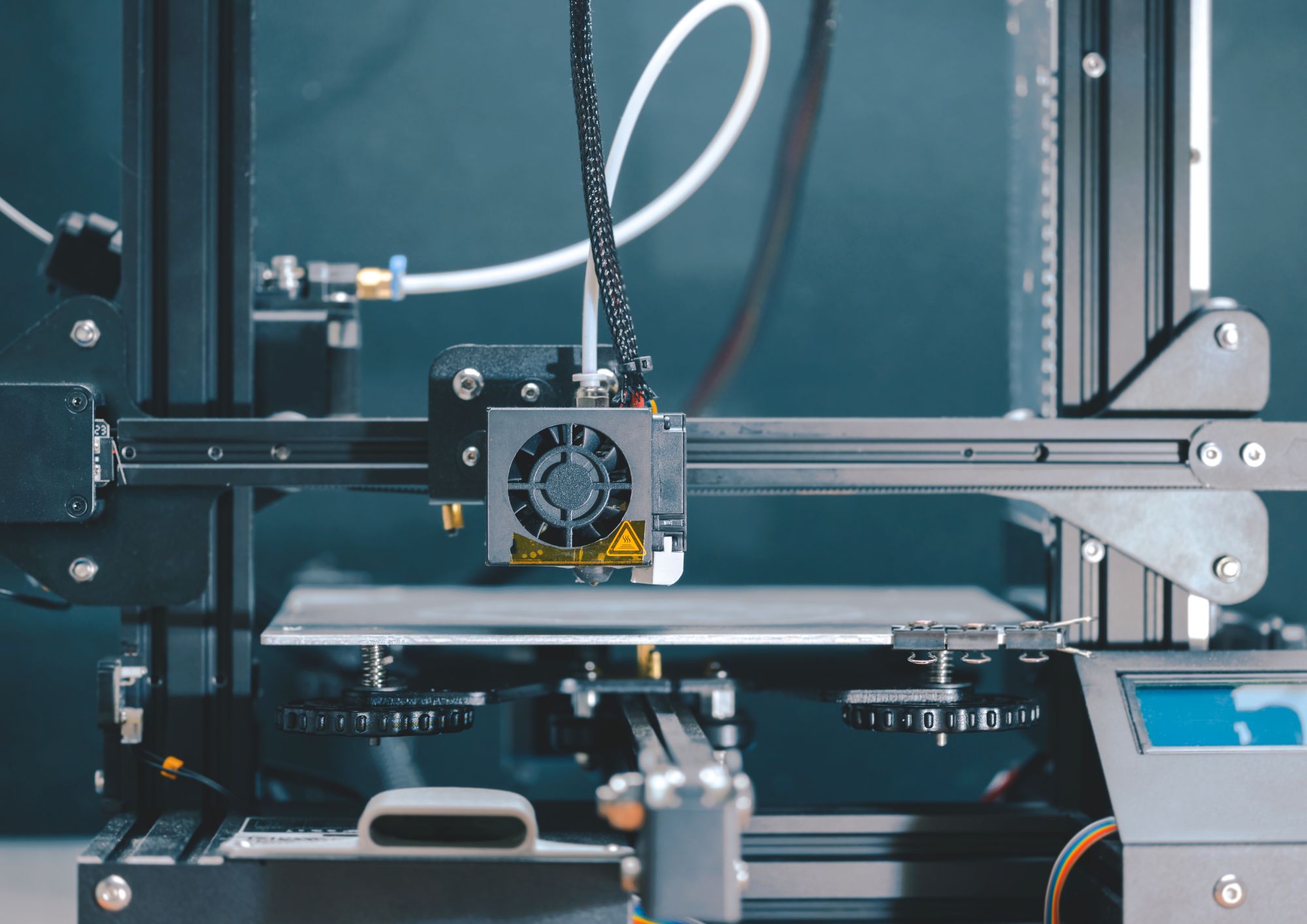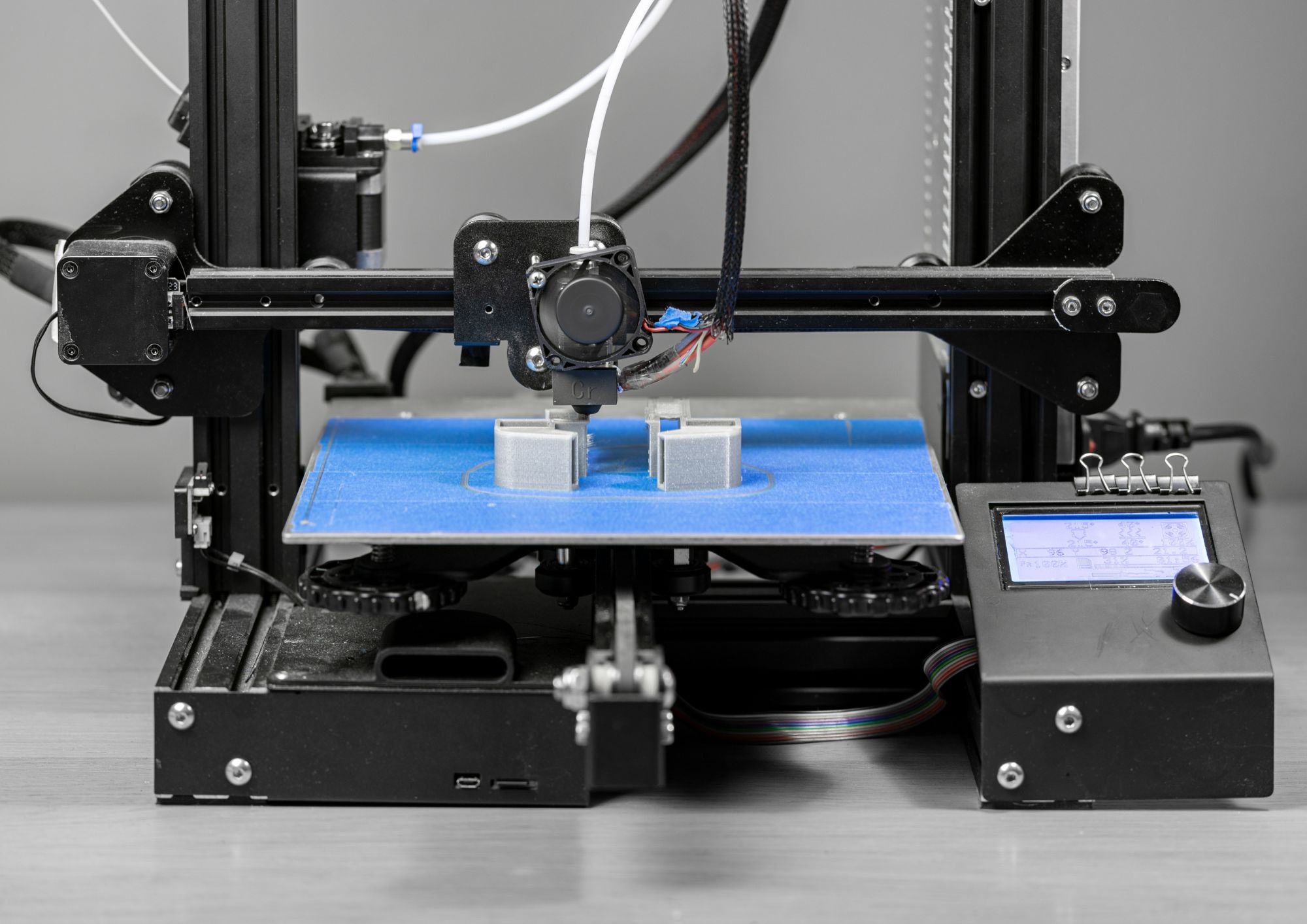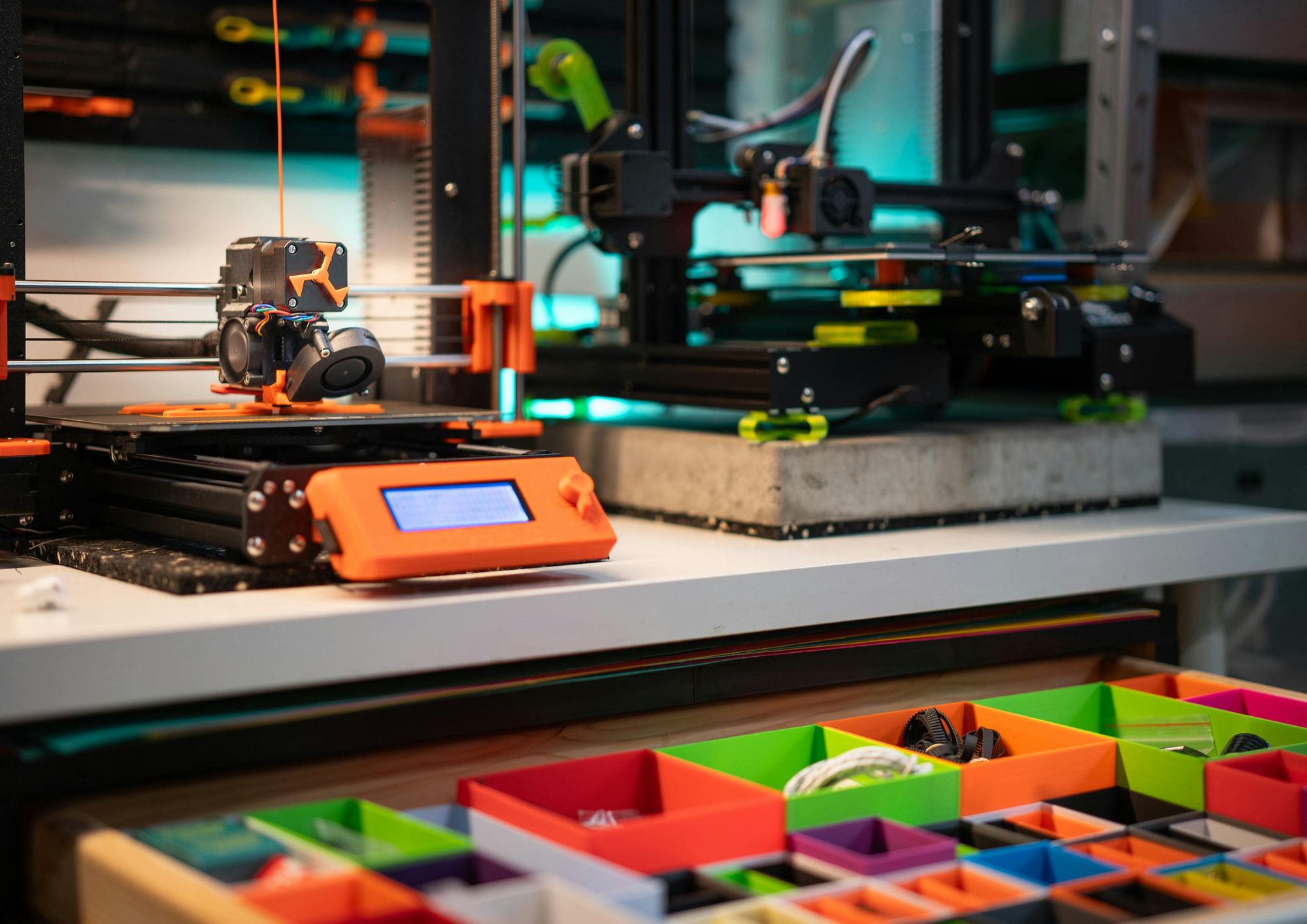Housings, components and much more
Thanks to the 3D printingIt's possible to manufacture customized, lightweight, and durable parts with unprecedented speed and precision. It's used in the design and development of custom housings for electronic devices, as well as in the production of components for drones and robots.

Advantages of 3D printed housings
- Custom design: The 3D printing It allows housings to be adapted to specific requirements, facilitating the incorporation of ventilation, access slots or internal supports for circuits and batteries.
- Rapid prototyping: Prototypes can be manufactured in a matter of hours, speeding up the development of new devices without the need for expensive molds.
- Cost reduction: Eliminating traditional manufacturing processes, such as injection molding, allows for lower costs in small-scale production.
- Innovative materials: High-strength plastics, flexible materials, and even conductive filaments can be used to integrate additional functionalities into the housings.
3D-printed enclosures are used in a variety of applications, from consumer devices such as controllers and wearables to industrial instrumentation, where customization and durability are crucial. They are also common in the manufacturing of IoT (Internet of Things) modules, enabling compact designs tailored to specific environments.

Drones and robots
Robotics and drones require highly optimized components in terms of weight, strength, and functionality. 3D printing It has made it possible to manufacture structural and mechanical parts with complex designs that would be impossible to achieve using traditional methods.
Advantages of 3D printing in drones and robots
- Weight reduction: Drones and robots require lightweight structures to improve their energy efficiency and mobility. 3D printing allows the manufacturing of parts with optimized geometries and ultra-light materials such as reinforced carbon fiber.
- Strength and durability: Components can be produced with materials such as glass-reinforced nylon or high-performance polymers that offer excellent mechanical and thermal resistance.
- Customization and modularity: Custom designs allow drone and robot structures to be tailored to specific needs by incorporating specialized mounts, couplings, or mechanisms.
- Rapid, on-demand production: Spare parts and upgrades can be manufactured without relying on external suppliers, reducing lead times and increasing manufacturers' autonomy.
Applications
- Robotic arms and limbs: Manufacturing of articulated structures with ergonomic and functional designs.
- Drone propellers and housings: Production of optimized aerodynamic components to improve flight performance.
- Chassis and sensor mounts: Creation of strong, lightweight structures that facilitate the integration of navigation and detection systems.

At Innou, as experts in 3D printing for the design and development of multiple productsWe study each project to assess the best solution for each one and achieve impressive, functional, and long-lasting results.
